All posts by Emily Billiau

GPS tracking to highlight Brisbane’s cycling hot spots
Cycling has become so popular across Queensland that the State Government are starting to utilise data from GPS enabled smartphones to plan their infrastructure.
The Palaszczuk Government has recognised the increased popularity of cycling, and has committed to investing more than $162 million into high-priority cycle infrastructure over the next four years. Over $84 million of that investment will be spent on cycle infrastructure on the state-controlled network.
At this stage, the funding is intended to go towards more than 30 cycling infrastructure projects.
A two year action plan is set to be released, followed by a ten-year proposal, with some of the funded projects to include:
- Veloway 1 from O’Keefe Street, Woolloongabba to Lewisham Street, Greenslopes in Brisbane
- North Brisbane Bikeway from Bowen Hills to Wooloowin
- Cycling facilities along sections of the New England Highway and Ruthven Street in Toowoomba
- Bohle River Bridge cycling facilities, and improvements to North Ward Road cycling facilities in Townsville
- Bike lanes along sections of David Low Way and Nicklin Way on the Sunshine Coast
- Bike lanes along sections of Southport-Nerang Road from Wardoo Street to Moora Street, and the Lake Intrepid Bridge Cycleway in the Gold Coast
The next big project, a segregated bikeway along Stanley Street from the Gabba Oval to the Goodwill Bridge stretching 1.2 kilometres, is set to begin construction in early 2017.
Earlier this year, Main Roads Minister Mark Bailey said the Government was using data from Strava (which gathers data from a smartphone’s GPS function) to track bike trends, allowing expenditure to be targeted to those areas.
“We’ve got to know where cyclists are to so that we can put expenditure where it’s most needed” he said.
“We’ve got to keep building cycle paths where they maximise the network benefits and so that people can get to places really easily, so the more off-road dedicated cycleways we get the better.”
Bailey says the aim is to maximise the benefits of the cycling network by continuing to build off-road dedicated cycleways, so that cyclists can get from place to place.
Written by Emily Billiau and Claire McHardy

Insurers’ “Super Profits” Called Into Question
Changes to Queensland’s compulsory third party (CTP) insurance system are on the horizon, as figures show insurance companies are raking in impressive “super profits” every year.
Queensland operates a common law ‘fault’ based CTP scheme, which provides motor vehicle owners, drivers, passengers and other insured persons with an insurance policy that covers their liability for personal injury caused by, through or in connection with the use of the insured motor vehicle in incidents to which the Motor Accident Insurance Act 1994 (MAIA) applies. The CTP insurance is integrated as a compulsory condition of motor vehicle registration in Queensland.
For the injured third party, it provides access to common law rights, whereby the injured person has a right to seek monetary compensation from the person ‘at fault’ for the personal injury sustained and associated losses. As a fault based scheme it requires proof of liability, meaning the injured person must be able to establish fault (either wholly or partly) as against an owner or driver of a motor vehicle.
The scheme, worth $1.4 billion in annual premiums, is regulated by the Motor Accident and Insurance Commission (MAIC). CTP insurers set their own premium rates every quarter, within the limits set by the MAIC.
It is understood and accepted by the Regulator that insurers are entitled to expect a fair and reasonable profit for the financial risks they bear so that the market remains sustainable and competitive.
According to the MAIC, the system was designed so insurers have an 8 per cent profit “allowance” in premiums. However, independent estimates reported by the regulator show that over the last five years, insurer profit is in the range of 25 per cent to 31 per cent. The gap between the two figures is called a “super profit”.
Queensland lawyers are concerned that insurance companies are making too much profit through the CTP scheme, raking in super profits estimated to be between 3 and 4 times greater than intended by the scheme design.
However, insurers say that profitability statistics from prior years do not indicate their future CTP Scheme performance and maintain that their pricing decisions have to take into account the risk of future adverse events.
Figures show that NRMA, QBE, Allianz, and Suncorp are pocketing a 19 cent profit in each green slip dollar – more than double what the companies predicted when setting their prices.
The MAIC is currently reviewing the Queensland CTP Scheme with an aim to improve its affordability, efficiency and fairness. The MAIC has identified the lack of price competition and strong insurer profitability as key issues.
As part of its review, the regulator has released a discussion paper and called for community and industry feedback.
In a submission to the MAIC, the Australian Lawyers Alliance said: “the biggest issue currently facing the scheme is the unsustainable profit levels of the private insurers” and encouraged the regulator to “act to adjust the operation of the scheme to bring these profits into line with community expectations.”
Written by Emily Billiau and Claire McHardy
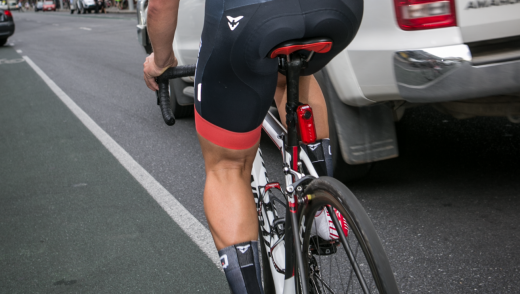
Careful, you’re on Camera!
On-bike cameras have become increasingly popular among cyclists in recent years for their ability to provide high-tech evidence in what can sometimes be an ugly contest between road users.
Many cyclists are making the decision to invest in a camera, and turning to the footage as reliable evidence following an accident.
Video footage of a road rage incident, a driver who fails to give way or a pedestrian not paying attention can help a cyclist establish fault on the part of the other party.
And with footage of hair-raising conflicts, crashes and near-crashes from on-bike cameras now a common feature on news websites and social media, it is not difficult to see why so many cyclists are using on-bike cameras as a form of insurance.
Despite the Transport, Housing and Local Government committee’s recent inquiry in to the interaction between cyclists and other road users finding that the majority of cyclists and motorists are courteous and compliant with the road rules, the volume of recent viral videos of incidents demonstrates a need for the added safety measure.
Cyclists are inherently more vulnerable than motorists due to the lack of protection offered by a bicycle and because they are frequently in close proximity to larger and faster motorised vehicles.
Unfortunately, this means that the stakes are significantly higher for cyclists – a crash between a bicycle and a car could send the cyclist to the hospital, and the driver to the panel-beater.
In Australia, drivers often escape criminal charges because the elements and standard of proof required to successfully bring criminal charges against the driver are often not met because of a lack of evidence.
In personal injury claims, liability is often clouded by memory issues, alternative versions of the event or a lack of cooperation – all of which could possibly be alleviated by reliable video footage of the incident.
Cameras can also serve as a deterrent to hit and runs, road rage, and perhaps even prompt drivers to reassess their driving strategies near cyclists.
The need for greater protection of bike riders in Queensland is well-established. With a significant growth anticipated in cycling in the coming years, any additional safety mechanisms ought to be welcomed.
Perhaps one day, setting up an on-bike camera before a ride will become as common to a cyclist’s routine as checking tyre pressure, filling a water bottle and fastening a helmet.
However, health experts are warning Queensland riders to carefully consider where they secure their camera as they may affect injuries in the event of a crash.
Written by Emily Billiau and Claire McHardy
Image source: Michael O’Reilly
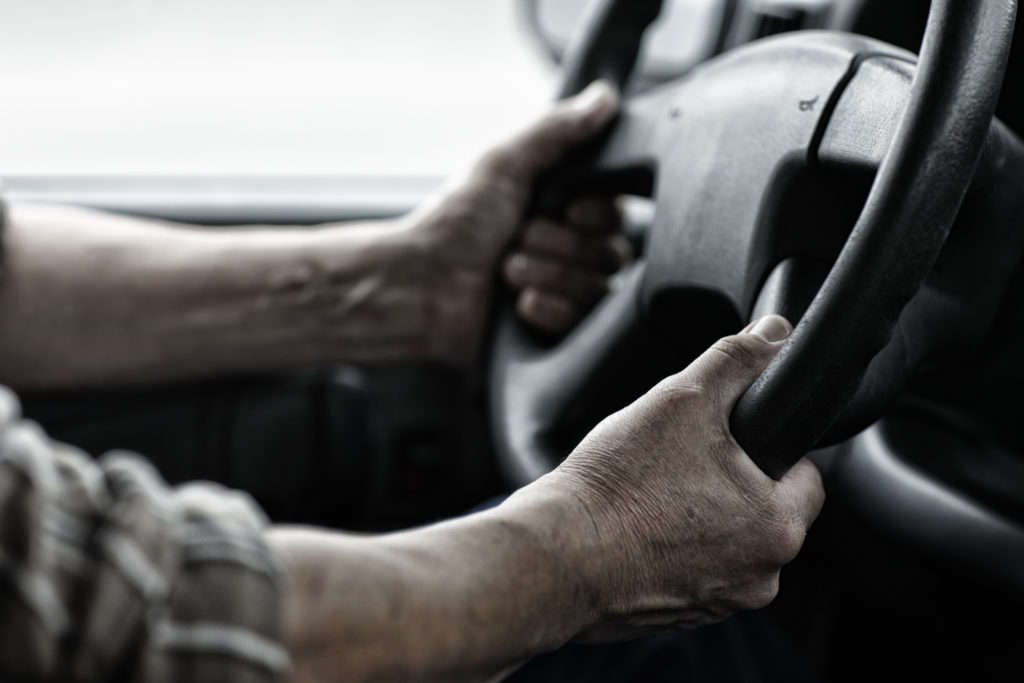
Dangerous Truckie Caught Out on Facebook
Brazen truck driver to be investigated after posting dangerous driving on social media
A Sydney truck driver would be regretting his decision to upload a video of him deliberately drenching a group of cyclists. One of the cyclists identified in the video onforwarded the footage to police after it became the centre of a heated debate between truck drivers and cyclists.
The video, allegedly filmed by the driver himself shows him driving alongside a group of cyclists and lamenting he is unable to run them over, “So we hate pushbikes, we are not allowed to run them over but we can f*** with them, so let’s have a crack.” He then proceeds to deliberately pass the cyclists at a large puddle which ensured his heavy vehicle threw a large volume of water across the group. The ensuing chuckles indicate just how much pleasure the driver took from his dangerous actions as he laughs, “Oh yeah, nothing better than f***ing saturating a pushbike rider …“My day is complete.”
New South Wales Police have confirmed the truck driver is to appear in court on charges related to using a mobile phone whilst driving and menacing cyclists on the road.
Written by Emily Billiau and Claire McHardy

Cool Kids Wear Lids and Other Important Helmet Information
Is it mandatory to wear a helmet when riding a bicycle?
In short, yes. Australia was one of the first countries to make wearing bicycle helmets mandatory. Between 1990 and 1992, the States and Territories introduced various laws mandating that cyclists wear bicycle helmets while riding.
The Legislation
Although each of the eight State and Territories in Australia have their own Road Transport legislation (or ‘Road Rules’), due to an absence of Commonwealth power to legislate in that area, the Australian Road Rules (developed by the National Transport Commission) stand as a model set of rules for the States and Territories to base their own legislation on. This helps to create uniformity across the various jurisdictions.
Section 256(1) of the National Transport Commission (Road Transport Legislation – Australian Road Rules) Regulations 2006 (Cth) provides that:-
The rider of a bicycle must wear an approved bicycle helmet securely fitted and fastened to the rider’s head, unless the rider is exempt from wearing a bicycle helmet under another law of this jurisdiction.
Each State and Territory has subsequently enacted their own Road Transport legislation that mimics the above national rules. Victoria was the first State to introduce mandatory helmet laws in 1990, followed by New South Wales (for adult cyclists) and Tasmania (all ages). New South Wales amended the laws to include children in 1991. Similar laws covering all cyclists were also adopted in South Australia and Queensland, then in the Northern Territory and Western Australia and finally, the Australian Capital Territory in 1992.
Are there any exceptions?
In 1994, the Northern Territory Minister for Transport announced an amendment to the Northern Territory Traffic Regulations to permit cyclists over the age of 17 to ride without a helmet but only along footpaths or on cycle paths which are not on roads. Reportedly, the compromise to continue to require cyclists to wear helmets while cycling on the road was to avoid any repercussions from the Federal Government.
The position in the Northern Territory is unique and sets it apart from the other States and Territories.
Image credit: Nic MacBean
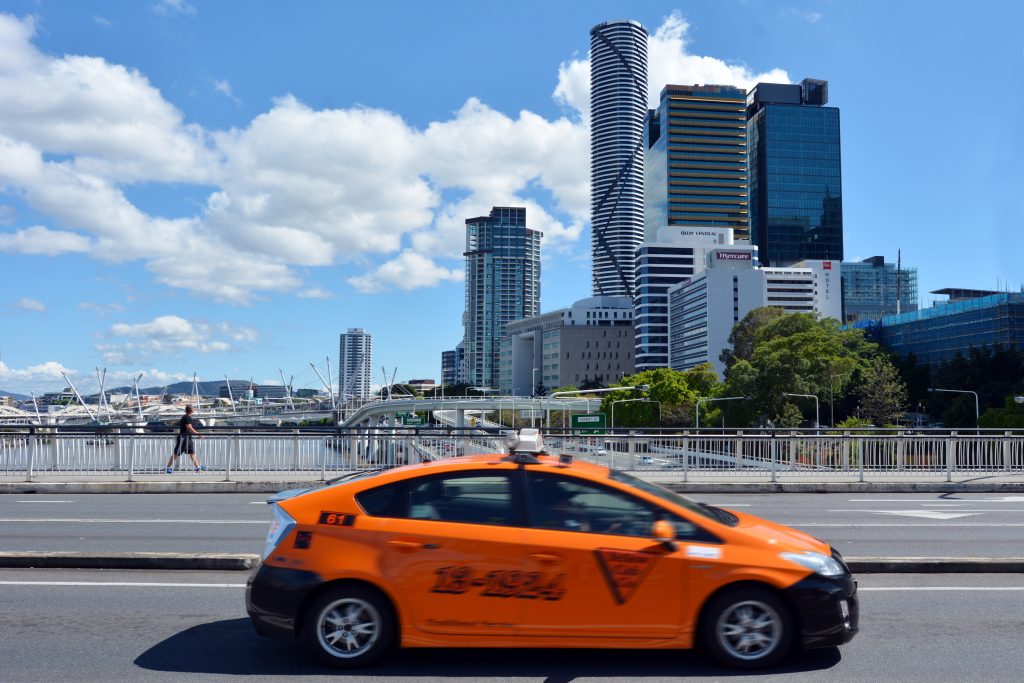
Cycle Accident Resulted in Substantial Payout
Cyclist v Taxi
Land v Dhaliwhal & Anor is a 2012 decision out of the Supreme Court of Queensland.
In this matter the Plaintiff was awarded $380,000.00 in damages after colliding with a taxi and sustaining injury.
The Plaintiff cyclist had been cycling along Airport Drive, Eagle Farm, at the head of a group of cyclists who were training together. The Cyclists were riding on the part of the roadway adjacent to the left hand shoulder of the road, when a taxi, driven by the First Defendant, suddenly and without any warning veered into the lane directly in front of the Plaintiff and stopped almost immediately in front of where the Plaintiff was cycling.
Unable to avoid the taxi, the Plaintiff collided with the rear of the vehicle and sustained personal injuries, including a back injury and an aggravation injury to the knee.
Unfortunately, the Plaintiff’s injuries significantly restricted his ability to return to his pre-accident employment as the owner-manager of a Brisbane bicycle store and his ability to cycle. The Plaintiff was forced to hire additional staff to assist with the daily operation of the business and to allow him to attempt to recover from his injuries. Ultimately however, the Plaintiff was forced to sell his business and pursue a lighter and more manageable venture – he subsequently established another small business as a bicycle fitter which allowed him more freedom to change posture and work limited hours.
The Defendants, although admitting liability, alleged over the course of the claim that the Plaintiff was contributory negligent – that is, that he contributed to the incident and the injuries he sustained therein. Ultimately however, the Defendants conceded this point in their closing submissions at the trial and the Court escaped making a ruling on this particular point. The Court found in favour of the Plaintiff cyclist and awarded $380,000 by way of damages.
For more information please contact Emily Billiau
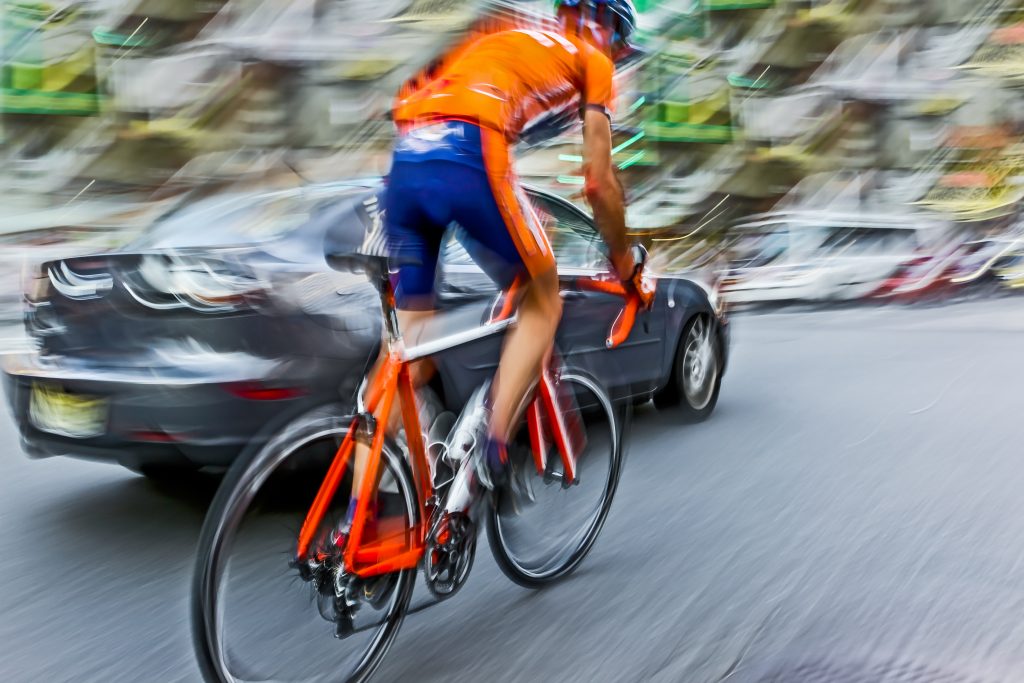
Will you fall victim to this unfair cycling fine?
It’s something that thousands of cyclists all over Australia do every day. It generally goes ignored.
But for Victorian cyclist, Laurie Duncan, it was costly.
Mr Duncan was slapped with a $152 fine for passing on the left of a stationery vehicle in Melbourne’s CBD earlier this year.
Mr Duncan said the car was stationery at a busy intersection in the CBD (the corner of Swanston Street and Flinders Lane). He said that the vehicle’s left-turn indicator was on, but the vehicle was stationery waiting for a pedestrians to traverse/cross in front of it. Mr Duncan alleges that it was unsafe to pass the vehicle on the right.
Pursuant to the Victoria’s Road Safety Road Rules 2009 (regulation 141 (2)), the “rider of a bicycle must not ride past, or overtake, to the left of a vehicle that is turning left and is giving a left change of direction signal”. There is an equivalent road rule in similar terms which applies to Queensland cyclists.
It was not disputed that the vehicle had it’s left indicator engaged – the issue was whether the stationary car was in the process of turning left within the meaning of the regulation. Mr Duncan was of the view that it ‘turning left’, as it was stationery at the time he passed it.
Ultimately, the matter turned on the Magistrate’s interpretation of the meaning of ‘turning’. On one view of it, turning is a process involving a series of actions, and when one of those actions stops, the vehicle is no longer in the act of turning. Unfortunately for Mr Duncan, the Magistrate did not interpret the regulation in this way.
The Magistrate upheld Mr Duncan’s fine, finding that he had passed to the left of a vehicle which that was turning left.
“Road rules are designed to ensure the safety of all road users, including cyclists. It seems that even though Mr Duncan thought he was cycling safely and operating within the rules, interpretation worked against him,” CycleLaw solicitor Emily Billiau said.
“It is possible that Queensland police officers may apply a similar road rule strictly here in Queensland, which could see many cyclists face fines. It is something Queensland cyclists need to be alert to.”
By Claire McHardy | (07) 3231 0425 | [email protected]

Would a glow in the dark bike path make Coronation Drive safer?
Would you feel safer at night riding along a lit up blue bike path?
Poland is experimenting with glow in the dark paths in the hopes it will prevent bicycle and pedestrian accidents at night.
The bright blue path is made of a bioluminescent algae which soaks up the sun’s rays during the day and omits light at night for more than 10 hours.
We think this would drastically reduce accidents. Cyclelaw applauds any kind of safety initiative to help our cyclists feel safe at night.
Would this bike path make you feel safer at night?
Image credit – Citylab
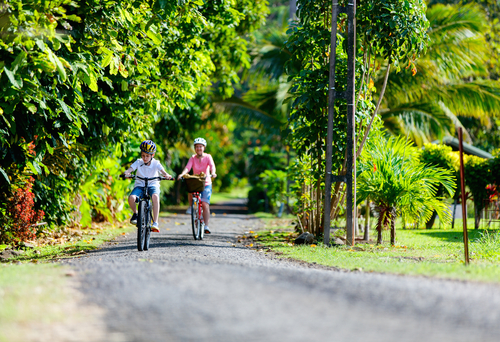
Best Cycle Paths For Kids In Brisbane
From 4km to 11km
Woolcock Park, Red Hill to Newmarket
- 7km long return trip
- Follows Ithaca Creek so look out for ducks and water dragons
- Shaded by trees for most of the way and only one quiet road to cross
- Trail bike area along the way
Ted Smout Bridge,Clontarf to Woody Point Jetty
- Hornibrook Esplanade section of the Redcliffe Peninsula
- Part of 40km of virtually uninterupted foreshore cycle paths
- 11km long return trip
- Lots of activity along the way including fish and chips,playgrounds,kite flying and jet skis
Waterloo Esplanade,Wynnum to Manly Marina
- 10km return trip along the foreshore.
- Includes the Wynnum water park
- Fish and chips everywhere
- Plenty of playgrounds along the way
Bishop Street to Northey Street City Farm
- Just a short 4km ride
- Riding through an open reserve
- Goes alongside Enoggera Creek
- Joins up with the Bowen Bridge Heritage Trail
Orleigh Park,West End to under The William Jolly Bridge,South Brisbane
- Follows the Brisbane river for 4km
- Lots of energy and activity as well as boat life to enjoy
- Stunning views across the river to Toowong
- Easy access to hop on and off the City Cat

Another Needless & Tragic Loss Of Life On A Bike: Why Helmets Are Compulsory In Qld
Carmen Greenaway, a New Zealander living in London was riding home after her mother’s birthday party.
She wasn’t wearing a helmet.
Her mother, riding 100 metres behind, saw her daughter hit an uneven part of the road, catapulting her out of the saddle, her head hit the ground hard, cracking her skull. She was holding the handle bars with one hand.
She died.
Everyday people are taking massive risks without wearing a helmet, despite it being illegal and all the scientific evidence pointing to the fact that it could save your life in an incident like Carmen’s.
At Cycle Law, we provide specialised legal advice to Queensland’s cycling community through Bicycle Queensland and we continually see some terrible accident injuries but we also see how the compulsory helmet has helped save lives. Why the same legislation isn’t in place or enforced around the world is very surprising.
